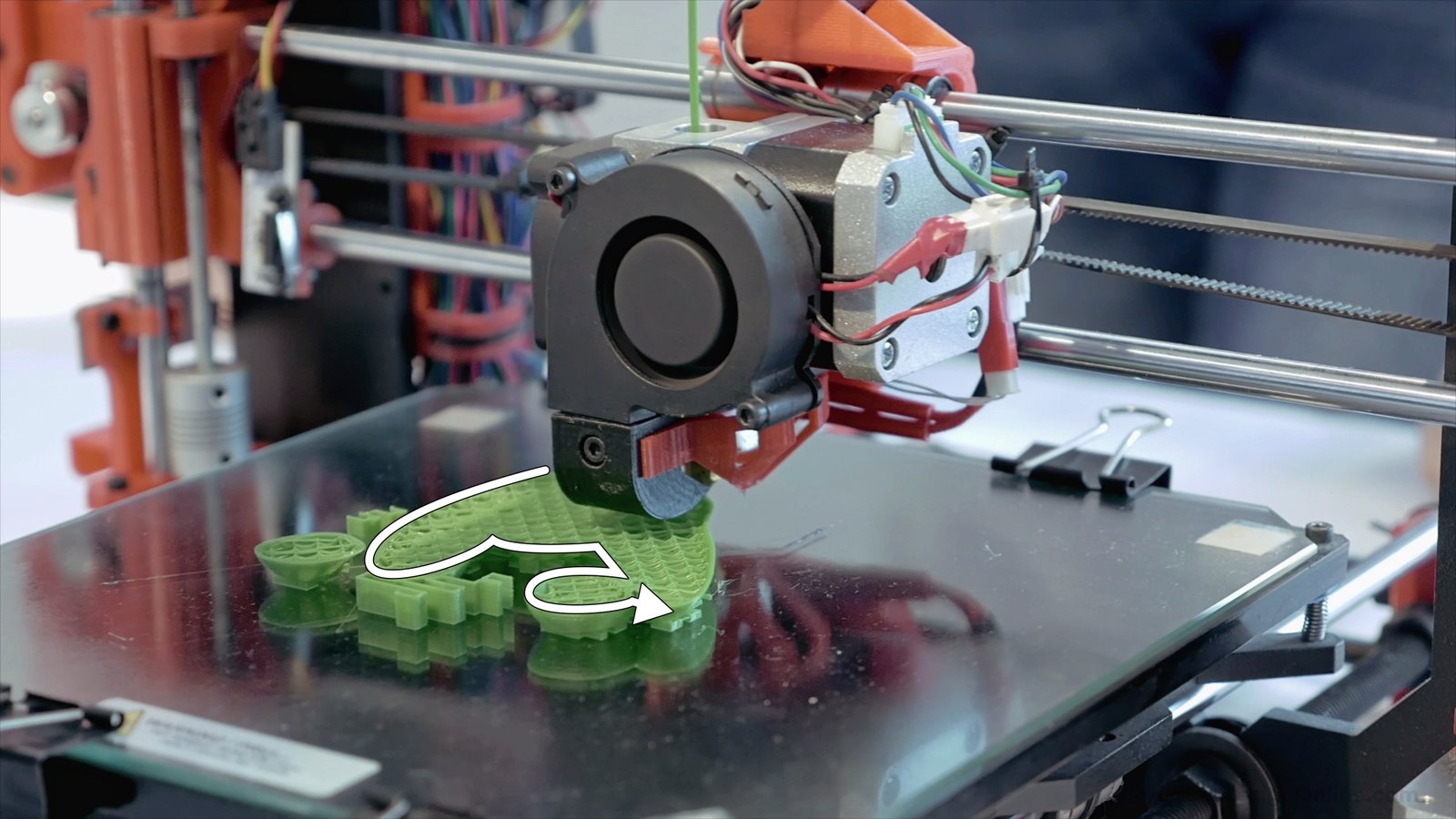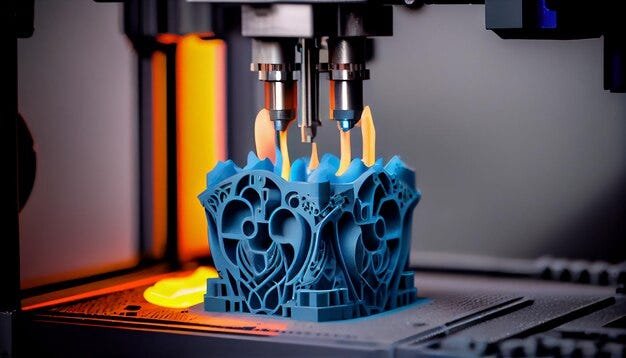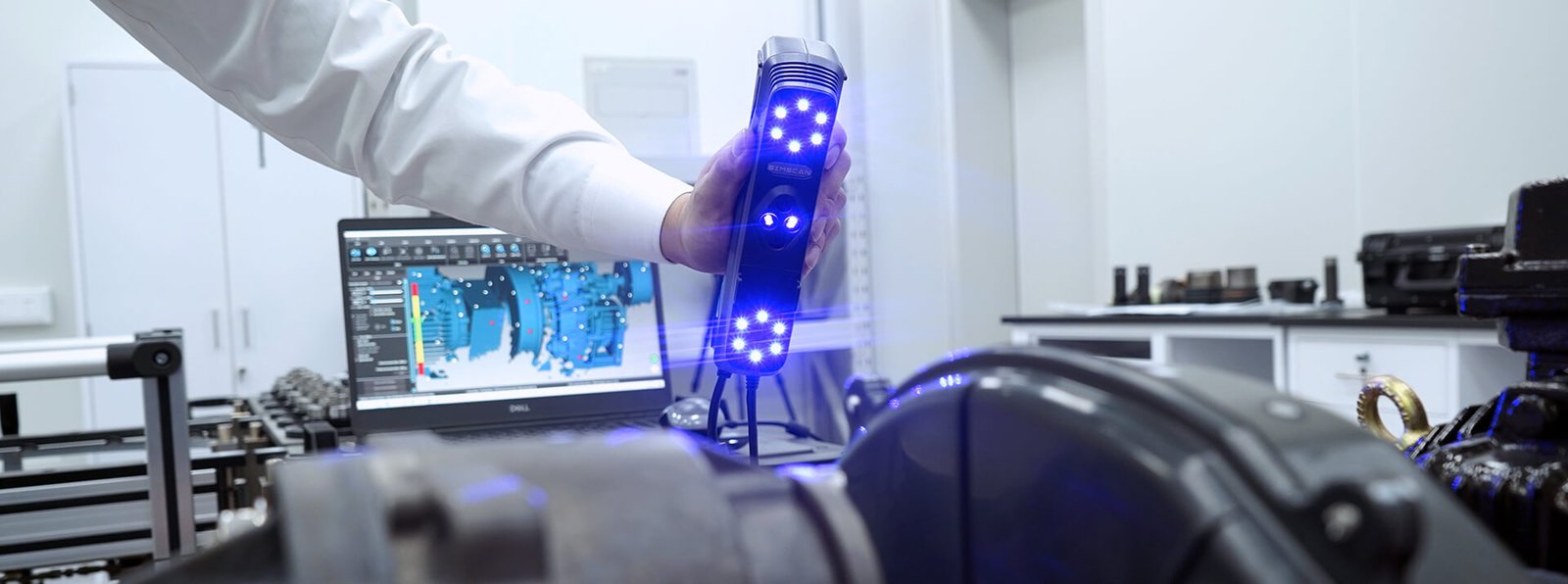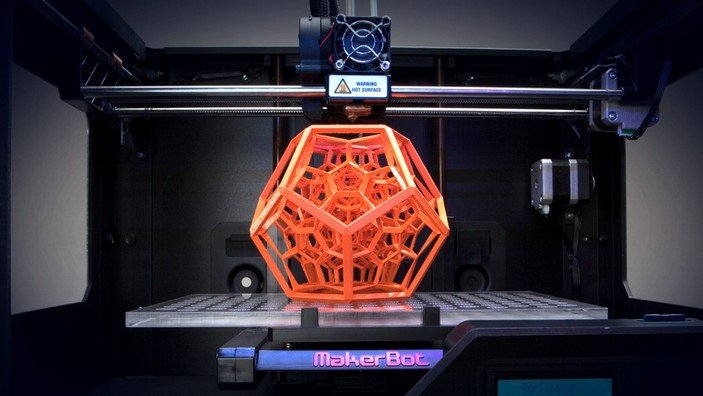If you’ve ever wondered how 3D printing works, you’re in the right place! This technology might sound complex, but it’s pretty simple once you break it down. In this guide, we’ll explain the process step by step, so you can understand how 3D printing turns digital designs into real objects.
1. What is 3D Printing?
Before we dive into how 3D printing works, let’s define it. 3D printing, also known as additive manufacturing, is a process of creating three-dimensional objects by building them layer by layer. Unlike traditional methods where material is removed from a block, 3D printing adds material in thin layers until the object is complete. This makes it a great option for making complex shapes that would be difficult to produce with other techniques.
2. Creating the Design
The first step in how 3D printing works is creating a digital design of the object you want to print. This is usually done with 3D modeling software like Tinkercad or Fusion 360. These programs allow you to design your object from scratch or modify existing models that you can find online.
Once your design is ready, it is saved as a digital file, often in STL or OBJ format. This file contains all the information needed for the printer to create the object layer by layer. The next step is to send this file to the 3D printer.
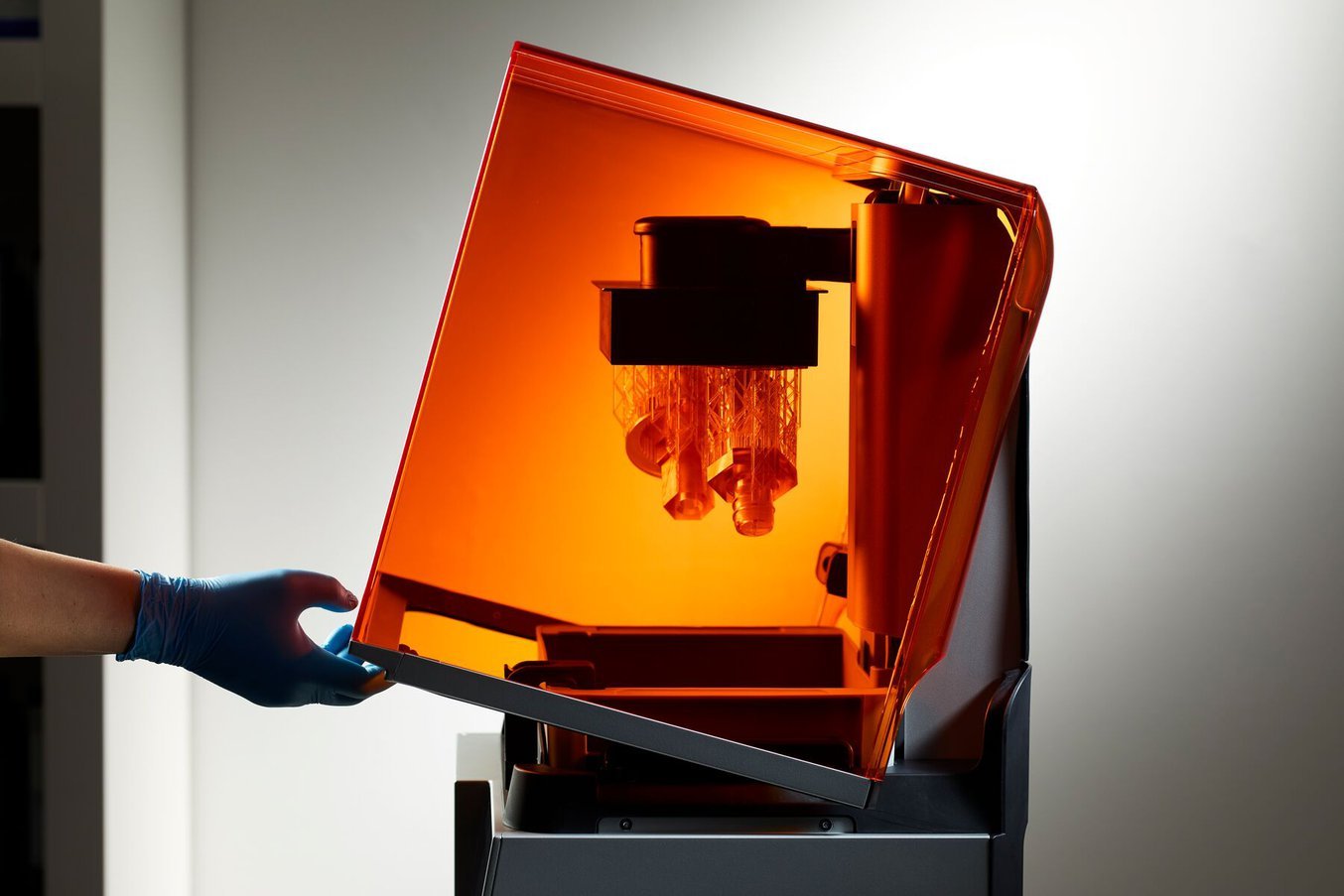
3. Preparing the Printer
Now that the digital file is ready, it’s time to prepare the 3D printer. This involves making sure the printer is set up properly and that the material you want to print with is loaded. The material could be plastic, metal, resin, or even food—depending on the type of printer you’re using.
In the case of most common 3D printers, the material is usually a type of plastic filament, like PLA or ABS. This filament comes in long strands that are fed into the printer’s extruder. The extruder will melt the filament and then deposit it layer by layer onto the print bed.
4. Layer-by-Layer Printing
The most important part of how 3D printing works is the layer-by-layer process. Once the printer is set up and the design file is loaded, the printer begins printing the object. It starts at the bottom and adds one thin layer of material on top of another. Each layer bonds with the layer below it, creating the full object.
The extruder melts the filament and moves back and forth, following the paths outlined in the digital design. As it cools, the material hardens, forming a solid layer. The printer repeats this process over and over, gradually building up the object until it’s complete. Depending on the complexity of the design, this can take anywhere from a few hours to several days.
5. Post-Processing
Once the printing is done, your object might not be completely finished. Depending on the type of 3D printing you used, you may need to do some post-processing. This could involve removing support structures (which help hold the object during printing), sanding the object to make it smooth, or even painting it for a polished look.
For example, if you used resin printing, the object will need to be cured under UV light to fully harden. If you printed with plastic, you might need to remove extra material or clean up rough edges. Post-processing is an important part of how 3D printing works because it ensures the object is fully ready for use.
6. Types of 3D Printing Technologies
There are several types of 3D printing technologies, each with its own method of printing. Here are a few common ones:
- Fused Deposition Modeling (FDM): This is the most popular and affordable method for beginners. It uses a melted plastic filament to build objects layer by layer.
- Stereolithography (SLA): This technology uses light to cure liquid resin into solid objects. It’s known for high detail and smooth finishes.
- Selective Laser Sintering (SLS): This method uses a laser to melt powder (such as plastic, metal, or glass) and fuse it together to form solid layers.
- Binder Jetting: This technique uses a binding agent to stick layers of powdered material together, allowing the creation of full-color objects.
Each of these technologies has its own strengths and weaknesses, depending on the material and the project. Knowing how 3D printing works with each of these methods can help you choose the best one for your needs.
7. Applications of 3D Printing
Now that we’ve covered how 3D printing works, let’s talk about some cool ways it’s used in the world today. 3D printing is revolutionizing industries such as healthcare, automotive, aerospace, and fashion.
- Healthcare: Doctors can create custom implants or prosthetics for patients using 3D printing. Surgeons can also use 3D printed models to practice complex surgeries.
- Aerospace: Engineers use 3D printing to create lightweight parts for airplanes, reducing fuel consumption and improving efficiency.
- Fashion: Designers are using 3D printing to create custom shoes, jewelry, and clothing, opening up new possibilities for personal style.
- Education: 3D printing helps students learn about science, technology, and engineering by creating hands-on models for study.
Conclusion
So, how 3D printing works is a fascinating process that turns digital designs into real-world objects. It starts with creating a 3D model, followed by preparing the printer and printing the object layer by layer. After printing, post-processing may be required to finish the object. With many different technologies and materials, 3D printing is changing the way we make things and has a wide range of applications in various industries.
Whether you’re looking to create a prototype, personalize an item, or dive into a new hobby, understanding how 3D printing works is the first step. With practice, you can start making amazing things!

